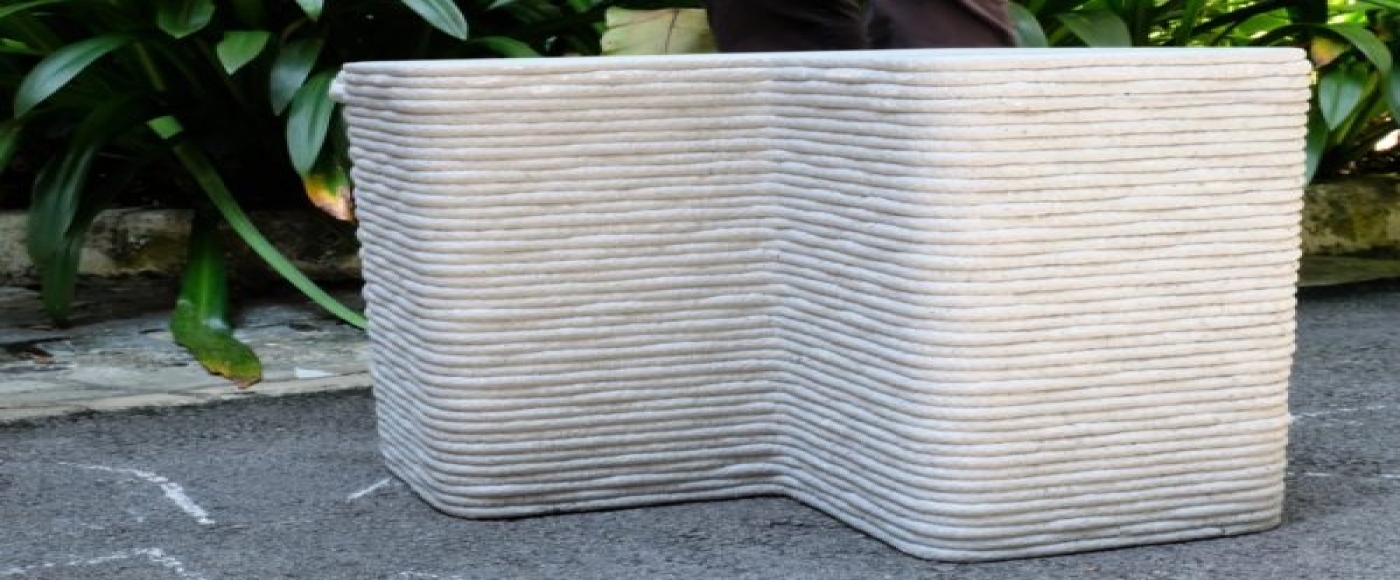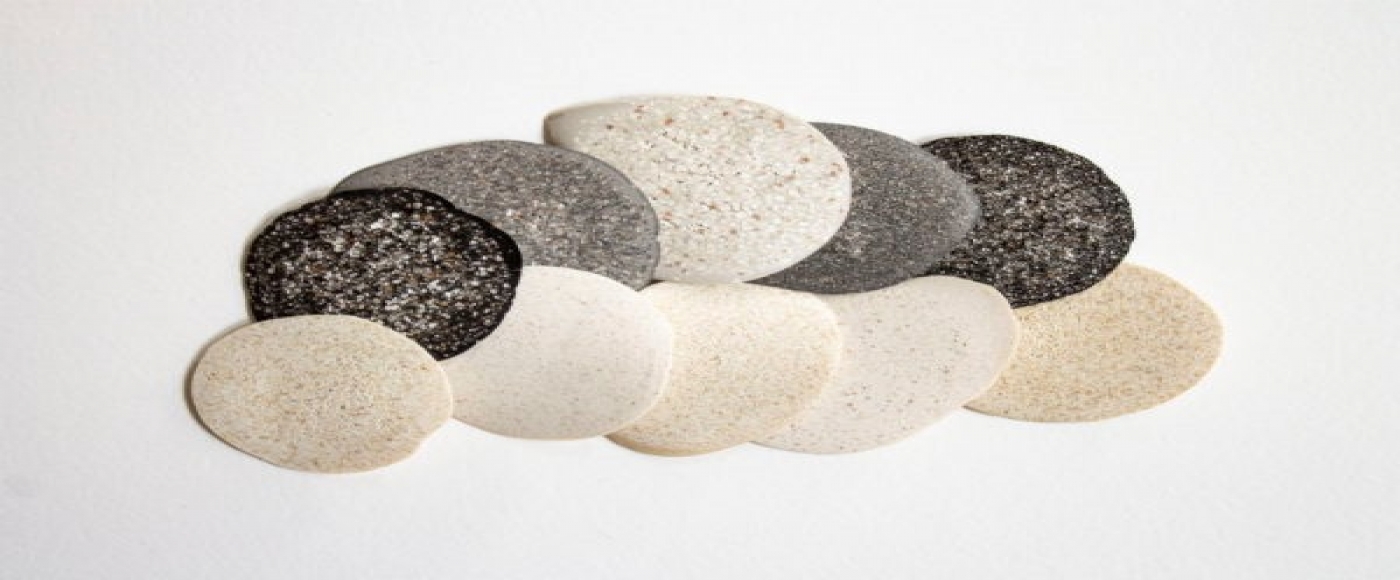Differences between construction mortar and construction grout
Construction mortar and grout are used simultaneously in the construction sector and are the original products of cement. Although both are cement base products, they differ in their properties, in usage, and in the purpose of fulfillment. The main difference found in construction slurry and construction mortar is its liquid state. The following article will point out the main differences between construction grout and construction mortar.
Construction mortar
Construction mortar is a blend of cement, sand and water into a hard mixture that is used to bond two different surfaces together. It is mainly used in construction projects as a binder between stone, cement and brick.
.jpg)
(Source: Internet)
.jpg)
(Source: Internet)
Grout construction
Construction grout is a high binder material, it Is used as an additional compound, filling in the gaps or joints between ceramic or stone bricks.
.jpg)
(Source: Internet)
.jpg)
(Source: Internet)
Difference between construction grout and construction mortar
| SN | Properties | Construction mortar | Construction grout |
| 1 |
Ingredient |
Cement, sand, water and limestone | Cement, water, sand, acrylic, epoxy and polymer |
| 2 | Cement /Water Ratio | Lower | Higher |
| 3 | Primary Function | The main function of mortar cement is to act as a binder in bricks or masonry |
The main function of the construction grout is to act as a filling material in gaps or joints. |
| 4 | Stiffness | Stiffer | Less stiff |
| 5 | Workability | It sticks well on a trowel and the workability is more. | As the water content is more, it is difficult to handle it with trowel or other tools. |
| 6 | Viscosity | Low | High |
| 7 | Color | Usually have the color of cement | Various colors base on the requirement |
| 8 | Types | Cement Mortar Lime Mortar Surki Mortar Gauged Mortar Mud Mortar |
Sanded grout Un-sanded or wall grout Epoxy grout Furan grout Acrylic grout |
| 9 | Porosity | Non-porous | Quite porous holds waters in it even after hardening. |
| 10 | Curing | Mortar needs curing for hardening process | Grout does not need extra water for curing; the initial quantity provided is enough for hardening |
| 11 | Setting Time | Setting time is more when compared to grout | Setting time is less when compared to Mortar |
| 12 | Application | Used as a bonding material in stone, concrete and brick masonry. Used in plastering works to hide the joints and to improve appearance. |
Used as a filler in tiles and cracks. Grouting is done to avoid cracks or bedding planes in weak areas or ground. Grouting is used to the strengthening of ground for the dam foundation. |
Others:

AN ‘IMPOSSIBLE’ 2D MATERIAL STRONGER THAN STEEL

REPLACING SAND WITH GLASS WASTE IN CONCRETE 3D PRINTING

CERAMICS MADE OF EGGSHELLS
Vietnam’s Hospitality Real Estate – Time to rebuild

HoSkar Night - Networking Redefined



